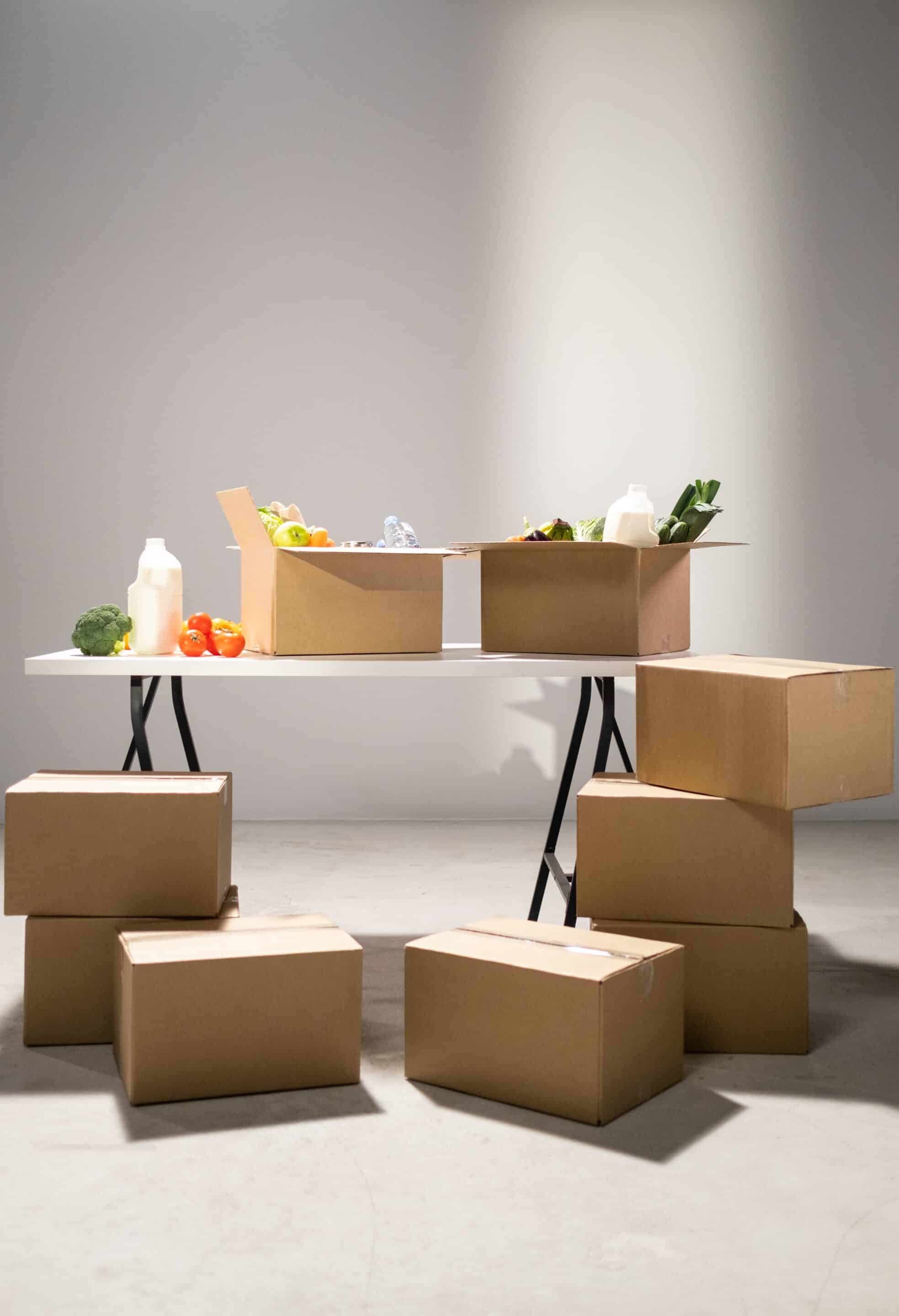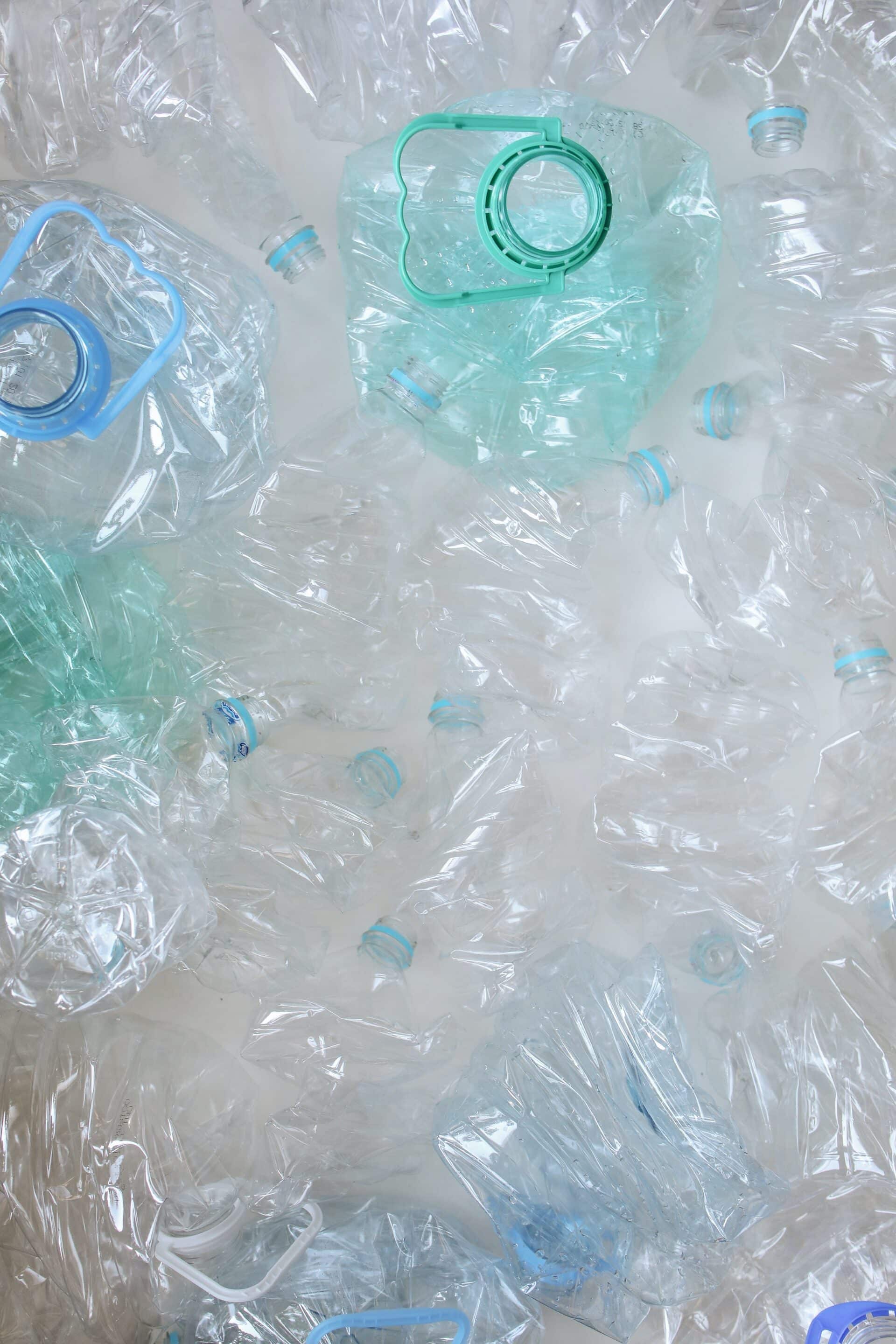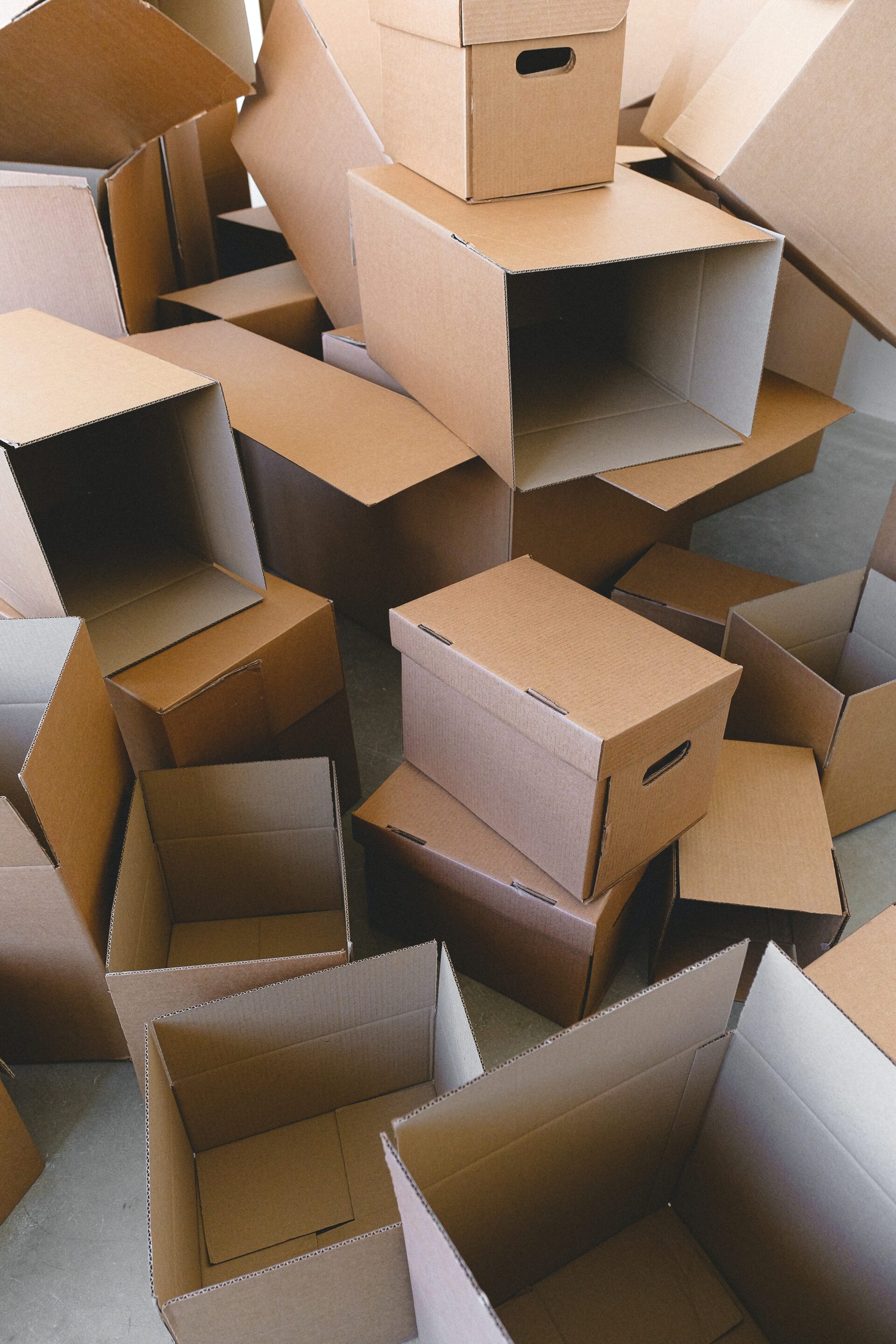Moving to a new home is an exciting adventure, but it often generates a lot of packaging materials and waste. If you’re wondering how to dispose of cardboard boxes, bubble wrap, packing peanuts, and other materials after your move, Longpods Removals and Storage is here to guide you. In this comprehensive guide, we’ll show you the most eco-friendly ways to recycle your packing materials and reduce your environmental footprint. Discover how to recycle packaging materials after moving house.

How to Recycle Packaging Materials After Moving House
1. Plan for Recycling Before You Move
Plan Early
When you’re in the process of planning to move, start thinking about recycling. Consider how you can minimize waste and make an eco-friendly move from the beginning.
Gather Recycling Supplies
As you prepare for your move, set aside bins or bags for recyclable materials. This makes it easier to separate them when the time comes.
Contact Local Recycling Facilities
Research the recycling facilities in your new area. Knowing where to recycle your materials in advance will make the process smoother.
2. Assess the Condition of Your Packing Materials
Check for Good Condition
Inspect your packing materials before recycling. If they are in good condition, consider reusing or donating them. This reduces waste and helps others.
Sort by Material
Separate cardboard boxes from plastic materials like bubble wrap and packing peanuts. This ensures each material can be recycled appropriately.
Clean Thoroughly
Remove any tape or labels from your boxes and make sure they are free of contaminants like food or oil.
3. Reuse Your Packing Materials
Donate or Share
If your packing materials are in good condition, offer them to friends, family, or neighbours who may be moving soon. There are also online platforms where you can give away or sell packing materials.
Keep for Future Use
Save the materials for future moves or storage needs. Properly stored cardboard boxes and packing supplies can last a long time.
Craft and DIY Projects
Get creative by repurposing materials for DIY projects. Cardboard boxes can be used for home organization, and bubble wrap can protect fragile items during storage.
4. Locate Your Local Recycling Centre
Find the Nearest Recycling Centre
Use online resources or inquire locally to identify the nearest recycling centre or drop-off location for packing materials.
Check Accepted Materials
Before heading to the recycling centre, ensure they accept the specific materials you have. Some facilities may have restrictions.
Operating Hours
Take note of the recycling centre’s operating hours to plan your visit accordingly.

5. Recycle Cardboard Boxes
Break Down Boxes
Flatten and break down cardboard boxes to save space and make them easier to transport.
Separate From Packing Peanuts
Keep cardboard separate from packing peanuts to facilitate the recycling process.
Recycling Bin or Dumpster
If you don’t have access to a recycling centre, inquire about large item pick-up services or use designated recycling dumpsters in your area.
6. Recycle Bubble Wrap
Bag Separately
Place bubble wrap in a separate bag or container. This prevents it from getting tangled with other materials.
Return to Retailers
Some retailers and shipping companies accept bubble wrap for recycling. Check with the company you purchased from.
Local Recycling Centres
Most local recycling centres accept bubble wrap. Make sure it’s clean and free of contaminants.
7. Recycle Packing Peanuts
Reuse or Share
Since packing peanuts are lightweight and easily reusable, consider giving them away to friends, family, or local businesses.
Local Shipping Stores
Many shipping stores accept packing peanuts for reuse. Contact your nearest shipping store to inquire about their policy.
Recycling Centres
Certain recycling centres may accept packing peanuts, especially if they are made of easily recyclable materials.
8. Follow Local Recycling Guidelines
Follow Instructions
Adhere to the specific recycling guidelines of your local recycling centre to ensure your materials are properly processed.
Check Material Compatibility
Different recycling facilities may have variations in accepted materials, so check their guidelines to avoid contamination.
Use Recycling Bins
Place your recyclables in designated recycling bins or containers, following the instructions of your local recycling program.
9. Participate in Community Recycling Programs
Community Collection Events
Check if your community hosts special recycling collection events where you can drop off your packing materials.
Recycling Drives
Some organizations conduct recycling drives, allowing you to contribute your materials for a good cause.
Donate to Schools or Art Programs
Contact local schools or art programs to see if they can use your clean and safe packing materials for projects.
10. Sell or Recycle Large Volumes
Recycling Companies
Explore recycling companies that specialize in processing large volumes of packing materials. Some may even offer payment for materials.
Online Marketplaces
Consider online marketplaces to sell larger quantities of packing materials, especially if they are in good condition.
Charities and Nonprofits
Some charitable organizations and nonprofits may accept bulk donations of packing materials.
11. Eco-Friendly Disposal of Non-Recyclable Materials
Reduce Waste
Minimize the production of non-recyclable waste by using reusable materials or opting for packaging with minimal waste.
Safe Disposal
For items that cannot be recycled or repurposed, follow safe disposal practices and dispose of them according to local regulations.
Composting
Some organic packaging materials, like biodegradable packing peanuts, can be composted in a home composting system.
12. Educate Yourself About Recycling
Stay Informed
Keep yourself informed about the recycling facilities and programs available in your area to make informed decisions.
Learn About Local Regulations
Familiarize yourself with local recycling regulations and guidelines to ensure compliance.
Encourage Others
Share your knowledge about recycling with friends and family, encouraging them to recycle their packing materials as well.
13. Assess the Environmental Impact
Calculate Savings
Consider the positive environmental impact of your recycling efforts. Recycling materials conserves resources and energy.
Reduce Carbon Footprint
Recycling also reduces greenhouse gas emissions, helping combat climate change.
Encourage Sustainable Practices
By practising recycling, you’re contributing to a culture of sustainability and inspiring others to do the same.
14. Support Green Moving Companies
Choose Eco-Friendly Movers
When planning a move, consider hiring moving companies with eco-friendly practices. These companies often have recycling programs in place.
Inquire About Their Recycling Methods
Ask potential moving companies about their recycling methods and how they handle packing materials.
Share Your Values
Support moving companies that align with your values for sustainability and environmental responsibility.

15. Connect with Your New Community
Attend Recycling Workshops
After your move, attend local recycling workshops or events to get better acquainted with your new community’s recycling programs.
Get Involved
Consider volunteering or participating in community clean-up and recycling initiatives to make a positive impact.
Stay Informed
Stay updated on recycling regulations and opportunities in your new area.
16. Give Back to the Environment
Tree Planting Initiatives
Participate in tree-planting initiatives to give back to the environment and offset your carbon footprint.
Sustainable Lifestyle Choices
Continue making sustainable lifestyle choices in your new home to support a greener future.
Spread Awareness
Educate others about the importance of recycling and sustainability to create a broader positive impact.
17. Prioritize Sustainability in Your New Home
Sustainable Living
Integrate sustainable practices into your daily life in your new home. This includes reducing waste, conserving energy, and using eco-friendly products.
Reduce Packaging
Opt for products with minimal packaging, and make eco-conscious choices when shopping to reduce your environmental impact.
Practice the Three R’s
Continue to reduce, reuse, and recycle in your new home, making sustainability a part of your everyday routine.
18. Support Recycling Initiatives
Join Environmental Organizations
Consider becoming a member of environmental organizations that actively promote recycling and sustainability.
Financial Support
Donate to or support nonprofits and initiatives that focus on recycling and environmental preservation.
Participate in Local Clean-Up Efforts
Join local clean-up and recycling efforts to contribute to a cleaner and more sustainable community.
19. Recycle Electronics and E-Waste
Electronic Recycling
When recycling packing materials, don’t forget to recycle old electronics and e-waste. Many local recycling centres accept electronic items.
Separate E-Waste
Be sure to separate electronic waste from packing materials when recycling.
Proper Disposal
Dispose of e-waste safely to prevent environmental harm, as many electronics contain hazardous materials.
20. Recycle Hazardous Materials Properly
Identify Hazardous Materials
Be aware of any hazardous materials used in your move, such as chemicals or batteries, and dispose of them according to local regulations.
Hazardous Waste Facilities
For safe disposal of hazardous materials, consult with local hazardous waste facilities to ensure proper handling.
Prevent Environmental Damage
Recycling hazardous materials responsibly prevents environmental damage and promotes a cleaner planet.
21. Encourage Sustainable Packaging
Choose Eco-Friendly Packaging
Opt for eco-friendly and sustainable packaging options when making future purchases.
Send Feedback
Share feedback with companies that use excessive or unsustainable packaging to encourage positive changes in their practices.
Support Sustainable Brands
Support brands and companies that prioritize sustainable and recyclable packaging materials.
22. Practice Green Moving
Reduce Unnecessary Items
Before moving, declutter your belongings and reduce items you no longer need. This minimizes packing materials and reduces waste.
Sustainable Packing
Use sustainable and biodegradable packing materials for your move to reduce your environmental impact.
Donate Unwanted Items
Donate unwanted but still usable items to minimize waste and help those in need.

23. Stay Committed to Recycling
Make Recycling a Habit
In your new home, maintain your commitment to recycling and make it a daily habit.
Lead by Example
Set an example for others by demonstrating the importance of recycling and sustainability in your community.
Share Your Knowledge
Educate friends and neighbours about recycling and encourage them to join you in your efforts.
24. Monitor Your Progress: How to recycle packaging materials after moving house
Track Your Recycling
Keep a record of your recycling efforts and progress to see how much waste you’ve diverted from landfills.
Celebrate Achievements
Celebrate milestones and achievements in your recycling journey. Share your success with friends and family.
Set New Goals
Challenge yourself to continually improve your recycling practices and set new sustainability goals for your household.
25. Create a Sustainable Lifestyle: How to recycle packaging materials after moving house
Sustainable Choices
Make sustainable choices not only in your recycling efforts but in all aspects of your life, from transportation to energy consumption.
Inspire Others
Share your commitment to sustainability with others to inspire positive changes in your community.
Build a Better Future
By recycling your packing materials and adopting a sustainable lifestyle, you’re actively contributing to a better, cleaner, and more sustainable future for our planet.
In Summary: How to recycle packaging materials after moving house
Recycling your packing materials after moving house is a responsible and environmentally conscious choice. By reusing, donating, and recycling materials like cardboard boxes, bubble wrap, and packing peanuts, you reduce waste and minimize your environmental impact. Make recycling a part of your moving plan, support local recycling centres, and continue to prioritize sustainability in your new home. Your efforts make a positive difference in our world and inspire others to do the same. Together, we can create a more sustainable and eco-friendly future for generations to come.
